Field Guide to Aftermarket Parts, 1946–1948 Dodge
 by Robert K. Riley
by Robert K. Riley
What happens when you cross-pollinate a retired university biology professor, who freely admits that researching his own graduate and doctoral papers was his favorite part of those achievements, with a lifelong old car guy whose eyes rest with particular fondness on 1946 to 1948 Dodge D24s? Importantly too, he enjoys getting up to his elbows in his cars along with collecting published information, particularly parts and counter catalogs.
One result is a man named Robert “Bob” K. Riley. He has devised a technical resource to assist others like him to successfully source the correct part from any and all manner of suppliers be it a modern-day retail parts store or swap meet vendor and everything in between. With a nod to his profession, he calls his resource a Field Guide and McFarland & Company has published it. Once you understand how easily it works and how helpful it is, owners and restorers of other makes and models will wish for a similar publication for their favorites.
The book is history made useful in the 2020s as it also describes various processes that have continued to change and evolve as a once new car becomes a collectible. That said, don’t let the specificity of the title mislead you for though the guide centers around D24 Dodge models produced 1946, ’47 and ’48, in reality it covers more. Author Riley describes it this way using as but one example a rear wheel cylinder: “Dodge used this wheel cylinder from 1946 to 1956 . . . Also Chrysler Corporation used the same wheel cylinder on the 1946–1955 Chrysler and DeSoto, and the 1946–1956 Plymouth.” The page pair below illustrates and further explains all the wheel cylinders along with brake hoses employing part numbers and simple line drawings.

Moreover, as Riley writes, “not all aftermarket manufacturers used the same wheel cylinder number . . . the Field Guide lists the numbers from several aftermarket suppliers” in the longest section of the book that is really its heart and titled simply “The Field Guide.” In other words, the book is quite literally an interchange manual on steroids. Moreover your commentator has it on good authority that Bob Riley has other such field guides for other popular makes/models in various stages of being completed. So if you had a vote, which of the following would you like to see published and then support by purchasing? (You may register your opinion/thoughts by leaving a comment below. We’ll see to it that all are shared with Bob Riley but your own identity will not be included. But, do please, let us know the country in which you reside.)
The Field Guides that Riley currently has underway and in various stages of being completed include ones covering all models of passenger cars of ’55–’56–‘57 Chevs, ’46–‘49 Mopars (Plymouths, DeSotos, and Chrysler), and two Ford volumes, one covering ’55–’56–‘57, the other ’49–‘52, as well as another Chev volume covering those postwar ’49–‘52 models.
Lest you have any doubt or question re. the prior comment regarding this book being about history, consider that one institution of higher learning (as in a college) offering several automotive-related degrees and courses of study is considering making this book part of one of its automotive history courses. Of course, it is also included as a recommended reference for its automotive restoration classes. Moreover, its author Bob Riley is apt to find himself as a guest lecturer perhaps as early as the spring 2023 term.
Copyright 2022 Helen V Hutchings, SAH (speedreaders.info)


 RSS Feed - Comments
RSS Feed - Comments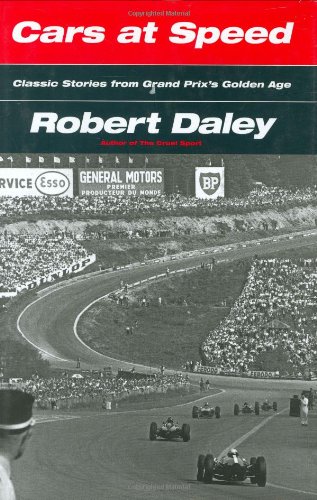







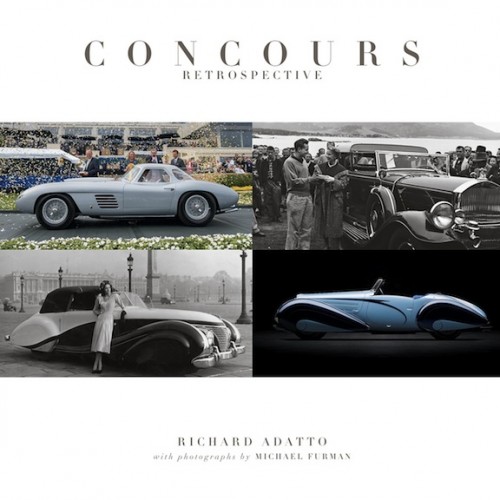















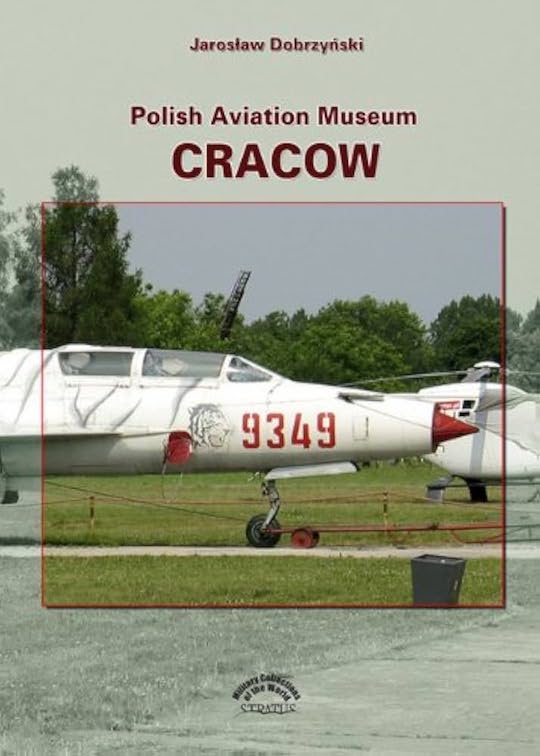

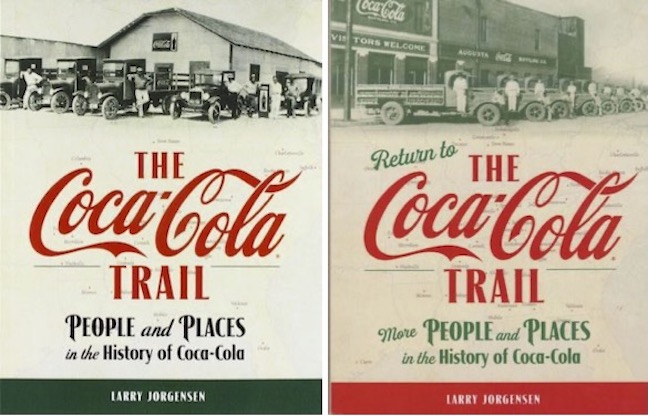

























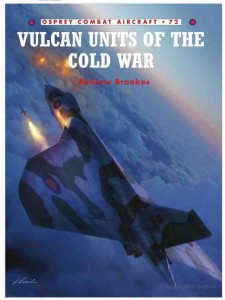
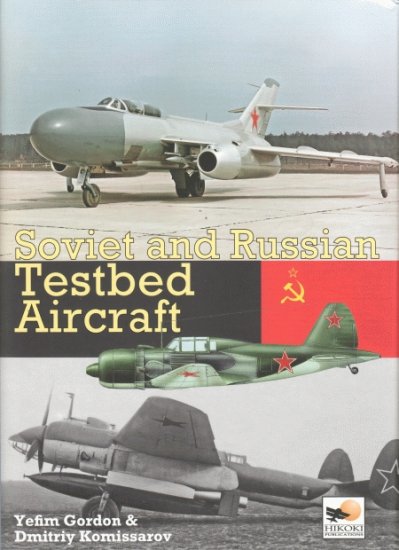

















 Phone / Mail / Email
Phone / Mail / Email RSS Feed
RSS Feed Facebook
Facebook Twitter
Twitter